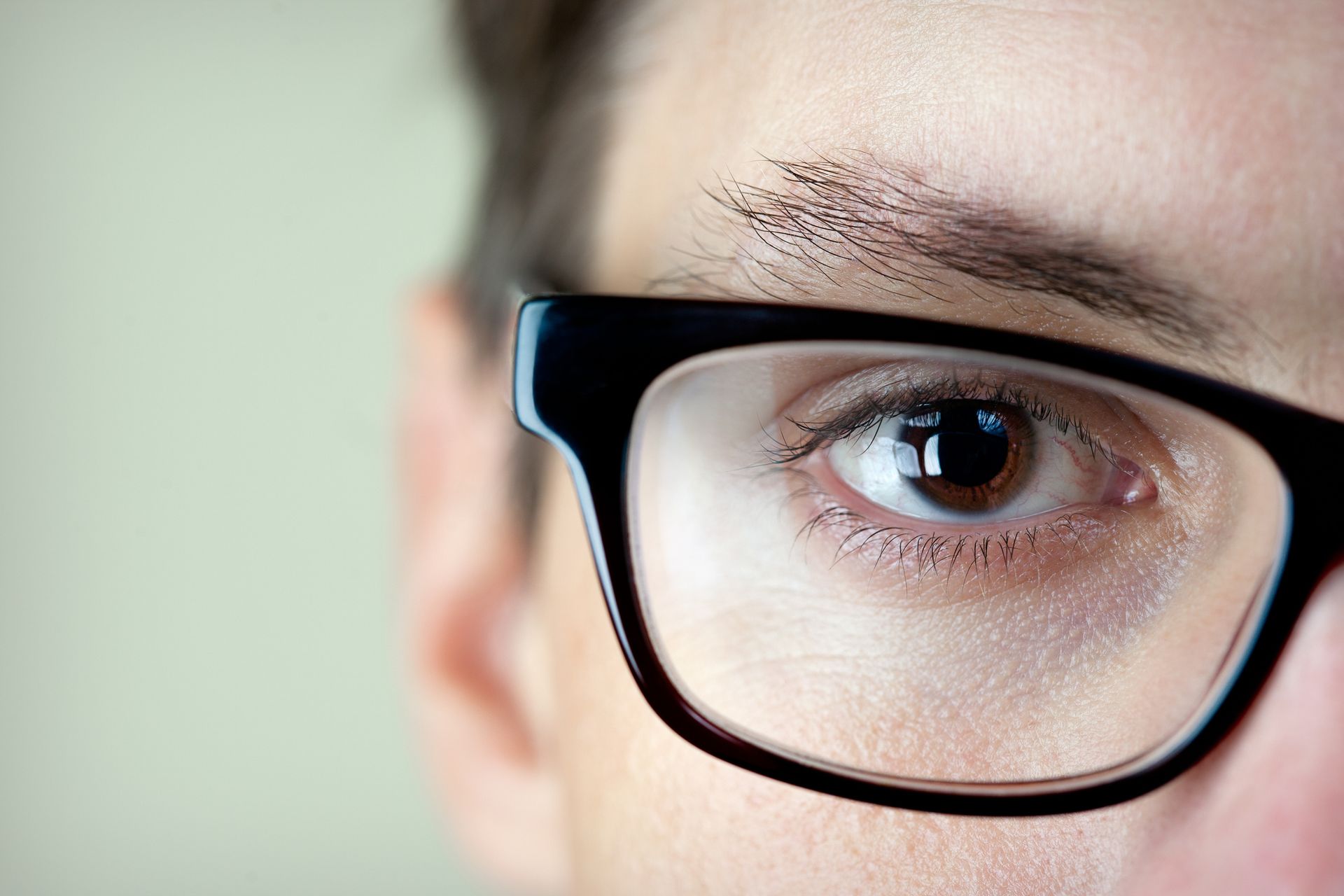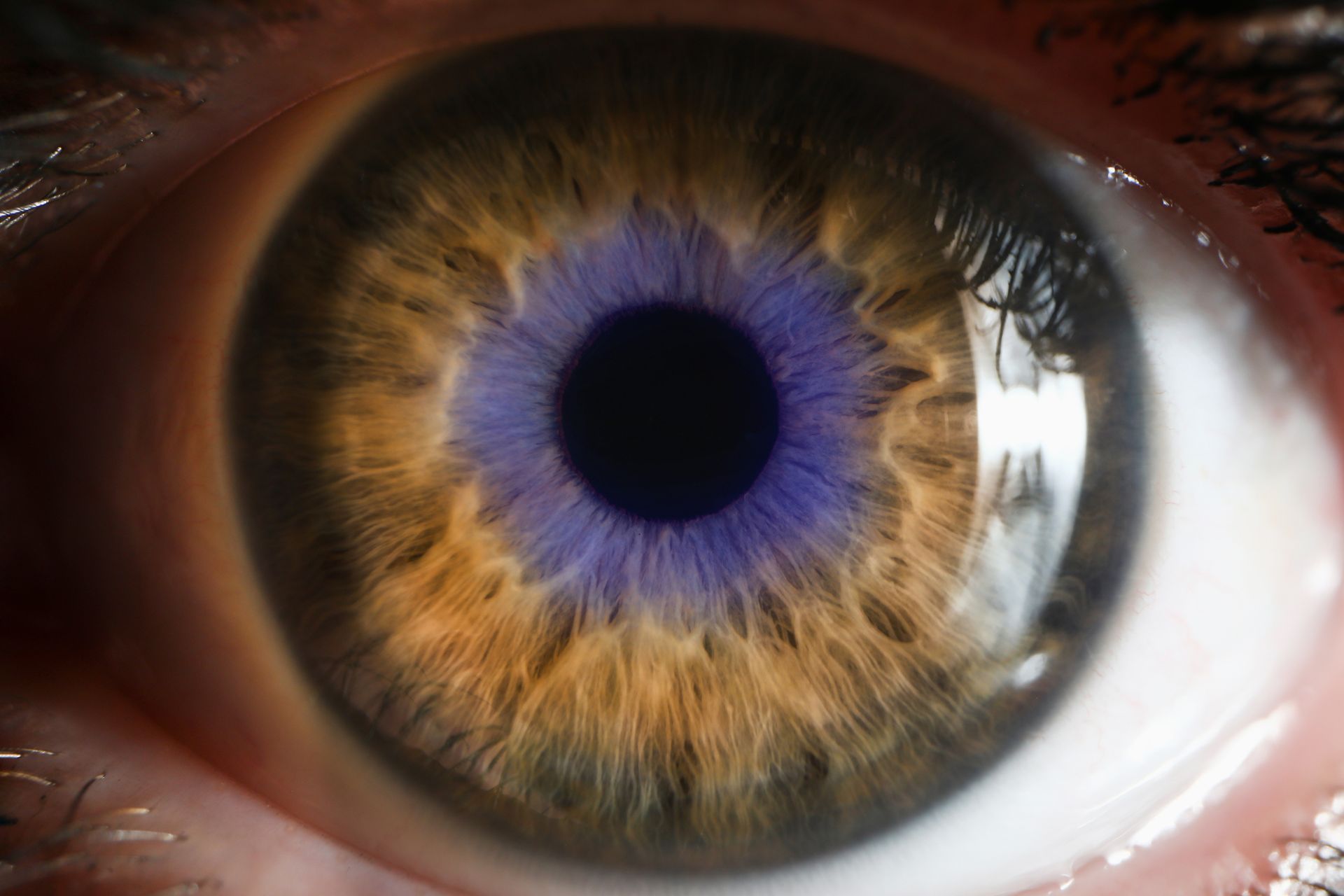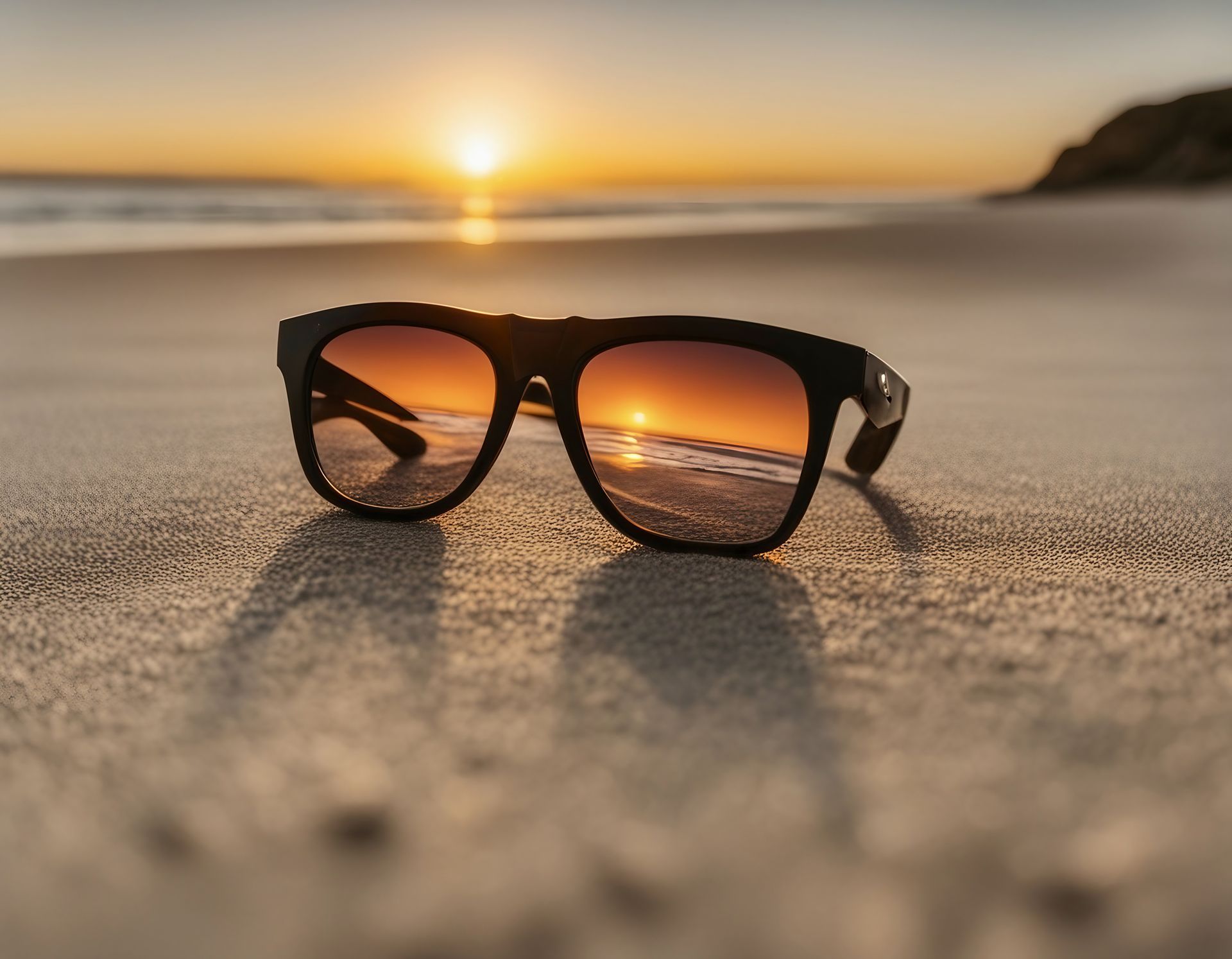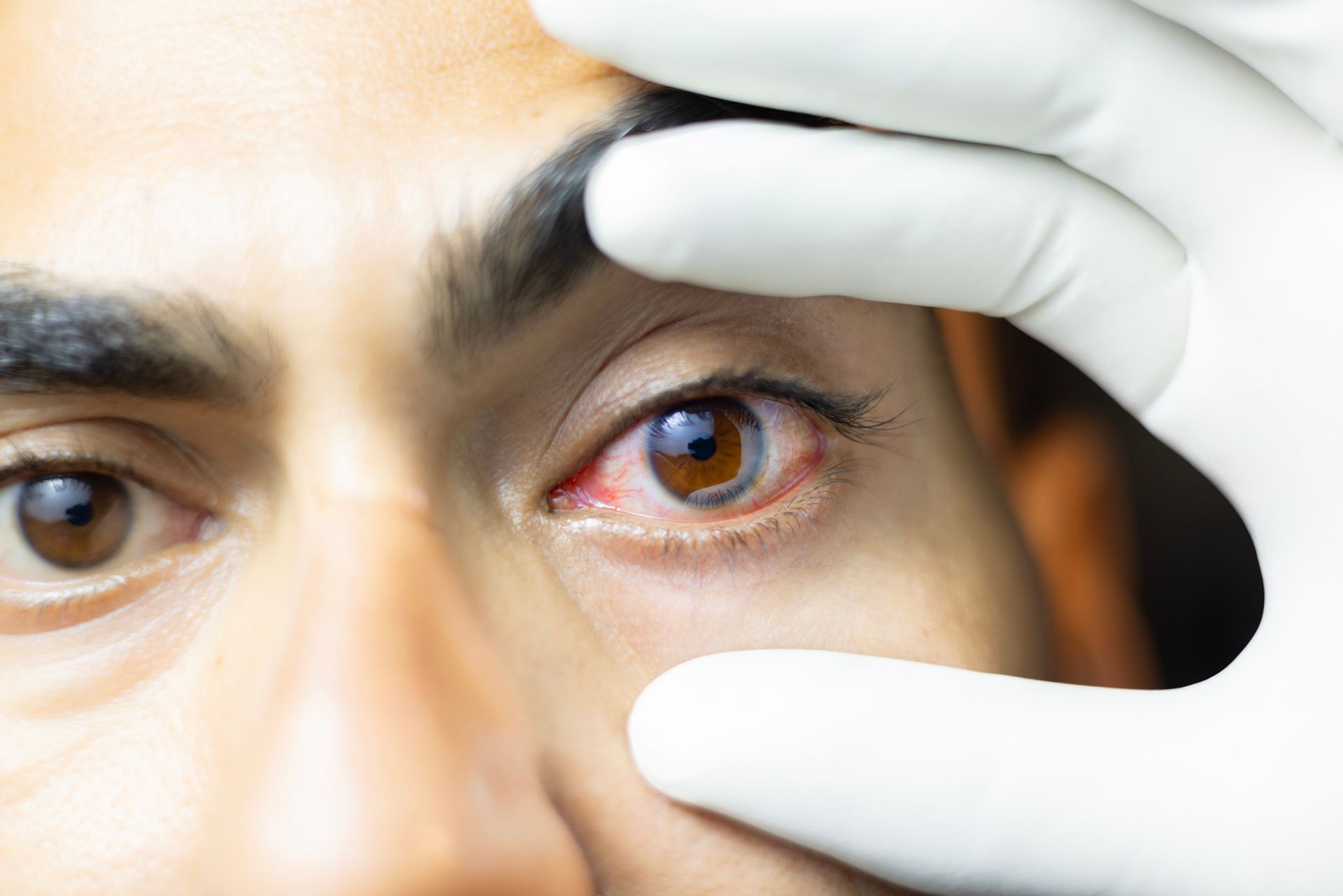What Is Myopia?

Short-sightedness, or myopia, means distant objects look blurry while near ones are clear. It’s becoming more common—especially in kids—and can get worse over time.
Why Does Myopia Happen?
Myopia often starts in childhood or the teenage years. Genetics play a role, but lifestyle factors contribute too—like lots of near work (reading, study, or screen time) and limited outdoor activities.
What Are the Signs?
- Blurry distance vision
- Squinting to see the board or TV
- Headaches or tired eyes after close-up tasks
Why Is It Important to Manage?
Progressive myopia increases the risk of serious eye conditions later in life. Even if your child seems to see clearly, an eye exam can reveal how hard their eyes are working to achieve that.
What Can Help?
There are ways to slow myopia progression, including:
- Ortho-K lenses
- Multifocal glasses or contacts
- Atropine eye drops
If you're concerned about your child’s vision, chat with us at VISION Michael Hare Optometrists about the best approach to managing their myopia.
Related Articles:
- Ortho-K: Clear Vision While You Sleep
- Myopia Control – What Are the Options?
- School Screening Report – What Next?
References:
- Morgan IG, French AN, Ashby RS. The epidemics of myopia: aetiology and prevention. Clin Exp Optom. 2018.
- International Myopia Institute. IMI White Paper Reports. 2019–2023.

The New Invisible Hearing Solution: Nuance Audio - now available at Vision Michael Hare Optometrists










